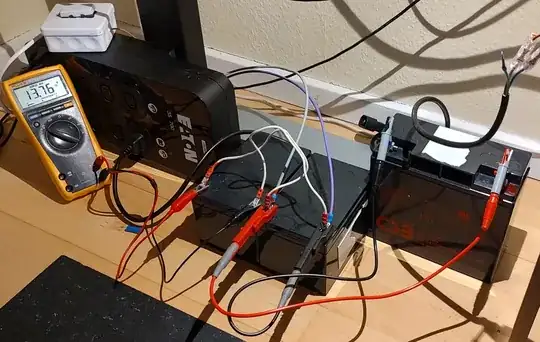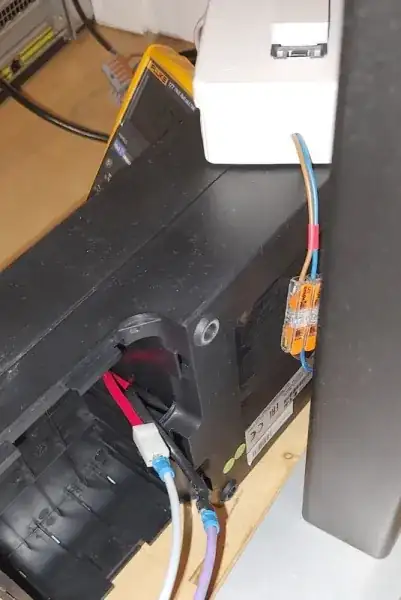So why not do it? Mostly, safety, and playing with safety is not more fun.
If something happens, like accidental short circuit, and your house burns down, and perhaps someone dies along with it, guess who is going to be responsible, and even if nobody dies, the insurance company might disagree with you how the wiring should have been done by someone with applicable training, experience and permits.
If you need a bigger UPS, buy a bigger UPS, don't play with safety and hack a smaller UPS.
The wiring looks dangerous. No fuses, so a short circuit anywhere will heat up those copper wires red hot, melt insulation and ignite it on fire. Sure it is possible with one battery too, but the original wires are short and have thick insulation and the wires are protected from accidents and movement inside the case so there is a reduced chance of it happening. The more there are batteries, the more there is available short circuit current.
The built in charger is also not rated for charging excessively high capacity batteries. It will take longer to charge them and there may be safety mechanisms to detect that the battery did not charge to given voltage in given time so the charging process might trigger a safety timeout and declare the battery bad and refuse to charge them. If there is any coulomb counter which tries to determine battery state of charge or capacity left before warning about degraded batteries, it will be thrown off by the extra capacity and it may not be possible to calibrate it over the specified ratings.
The inverter is rated to last for rated time with rated load and rated battery capacity. If you have same rated load but higher capacity batteries, the inverter can run longer without battery running out and shutting down. It is not rated for that and might run longer than intended and run hotter and wear out faster.

